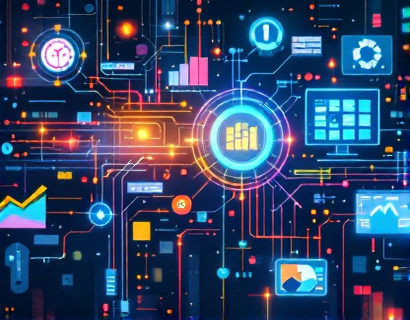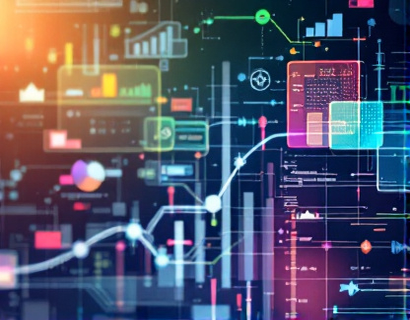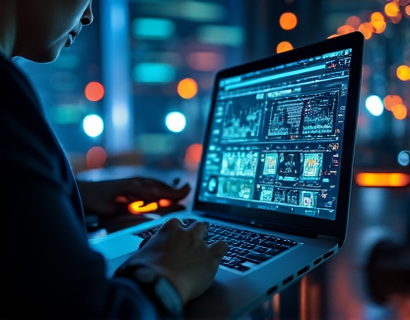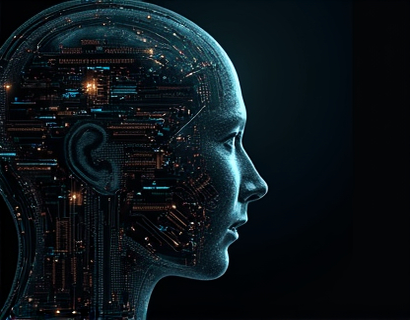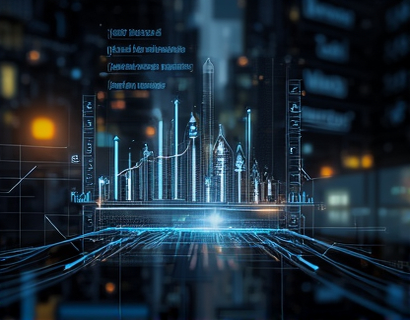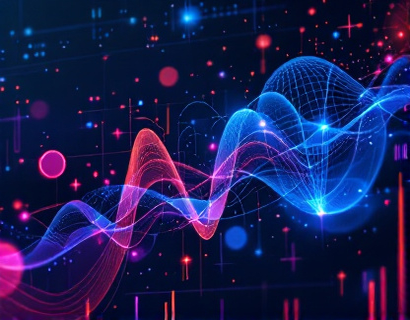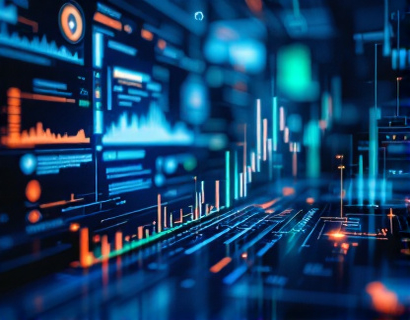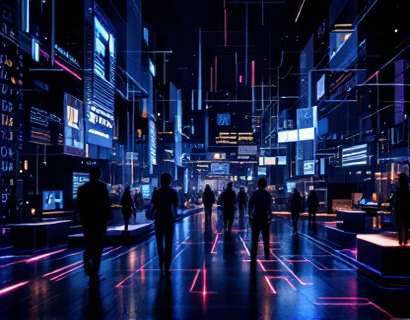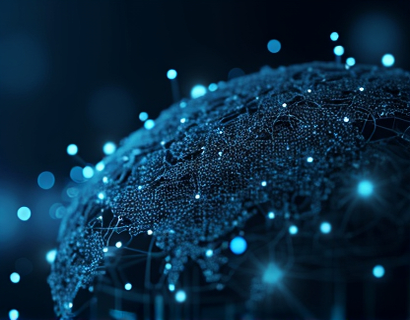Unlocking Next-Gen Ecosystem Engagement Through Advanced Technology: The Synergy of AI and Crypto
The intersection of artificial intelligence (AI) and cryptocurrency is giving rise to a new era of digital engagement, transforming the way users interact within the crypto ecosystem. This article explores the innovative ways AI and crypto are merging to create more immersive, secure, and efficient digital experiences. For tech enthusiasts and investors, understanding this synergy is crucial as it redefines the future of digital interactions and opens up new opportunities in the rapidly evolving crypto landscape.
The Emergence of AI in Cryptocurrency
The integration of AI into the cryptocurrency space has been a game-changer. Initially, AI was used for basic tasks such as data analysis and market prediction. However, its applications have expanded significantly, encompassing everything from enhancing security measures to improving user experience. One of the primary reasons for this shift is the vast amount of data generated by blockchain transactions, which AI can process and analyze to uncover valuable insights.
AI algorithms can predict market trends with higher accuracy by analyzing historical data, news sentiment, and social media trends. This predictive capability allows traders and investors to make more informed decisions, reducing the risk of losses and increasing potential gains. Moreover, AI-driven bots can execute trades at optimal times, further optimizing investment strategies.
Enhancing Security with AI
Security has always been a paramount concern in the crypto world. The decentralized and transparent nature of blockchain, while a strength, also makes it a target for sophisticated cyber attacks. AI plays a crucial role in fortifying the security of crypto platforms. Machine learning models can detect unusual patterns and anomalies in transaction data, flagging potential fraudulent activities in real-time. This proactive approach to security helps in mitigating risks and building trust among users.
Additionally, AI-powered identity verification systems are being implemented to prevent unauthorized access and ensure that only legitimate users can interact with crypto platforms. These systems use biometric data and behavioral analysis to authenticate users, adding an extra layer of security. As cyber threats evolve, the role of AI in maintaining robust security measures becomes increasingly vital.
AI-Driven User Experience Innovations
The user experience in the crypto ecosystem is being revolutionized by AI. One of the most significant advancements is the development of intuitive and user-friendly interfaces. AI algorithms can analyze user behavior and preferences to personalize the interface, making it easier for users to navigate and access the features they need. This personalization not only enhances usability but also increases user satisfaction and retention.
Chatbots powered by natural language processing (NLP) are another example of AI-driven user experience innovations. These chatbots can provide instant customer support, answer common queries, and guide users through complex processes. By offering 24/7 assistance, chatbots ensure that users have immediate access to the help they need, improving overall engagement with the platform.
Decentralized Applications and AI
Decentralized applications (dApps) are at the forefront of the crypto revolution, and AI is playing a pivotal role in their development and functionality. dApps leverage blockchain technology to create decentralized and transparent applications, but integrating AI enhances their capabilities. For instance, AI can be used to optimize smart contracts, ensuring they execute efficiently and securely. This optimization reduces the risk of errors and enhances the reliability of dApps.
Moreover, AI can facilitate the creation of more sophisticated dApps by providing advanced analytics and insights. For example, AI-driven marketplaces can match users with tailored services and products based on their preferences and behavior. This level of personalization is not only more engaging but also drives higher adoption rates for dApps.
Tokenization and AI
Tokenization, the process of converting assets into digital tokens on a blockchain, is another area where AI is making a significant impact. AI can analyze market conditions and asset performance to determine the optimal timing for token issuance and distribution. This strategic approach can maximize the value of tokens and attract more investors.
Furthermore, AI can enhance the liquidity of tokenized assets by predicting demand and supply dynamics. By analyzing historical data and current market trends, AI algorithms can forecast future price movements, helping platforms to adjust token prices and trading conditions accordingly. This dynamic adjustment ensures that the market remains efficient and fair for all participants.
Challenges and Considerations
While the integration of AI and crypto offers numerous benefits, it also presents challenges that need to be addressed. One of the primary concerns is the regulatory landscape. As AI and crypto continue to evolve, regulators are grappling with how to oversee these technologies to prevent misuse and ensure compliance. Staying informed about regulatory changes is crucial for developers and users alike.
Another challenge is the technical complexity involved in integrating AI with blockchain technology. Developing robust and scalable solutions requires expertise in both domains. Collaboration between AI experts and blockchain developers is essential to overcome these technical hurdles and create seamless user experiences.
Future Prospects
The future of AI and crypto is bright, with numerous opportunities on the horizon. As AI technology advances, we can expect even more sophisticated applications in the crypto space. For instance, the development of AI-driven virtual assistants that can manage crypto portfolios and provide real-time advice is a plausible scenario. These assistants could analyze market data, suggest trades, and even handle tax obligations, making crypto investing more accessible and manageable for the average user.
Additionally, the convergence of AI and crypto could lead to the creation of new economic models. Decentralized finance (DeFi) platforms, for example, can leverage AI to offer more efficient and transparent financial services. AI can optimize lending and borrowing processes, reduce fraud, and enhance the overall functionality of DeFi ecosystems.
Conclusion
The synergy between AI and crypto is reshaping the digital landscape, offering unprecedented opportunities for enhanced user engagement and innovation. By leveraging the power of AI, the crypto ecosystem can become more secure, efficient, and user-friendly. For tech enthusiasts and investors, staying abreast of these developments is essential to navigate the evolving crypto landscape and capitalize on emerging opportunities. As AI and crypto continue to intersect, the potential for transformative change is immense, paving the way for a more connected and intelligent digital future.






